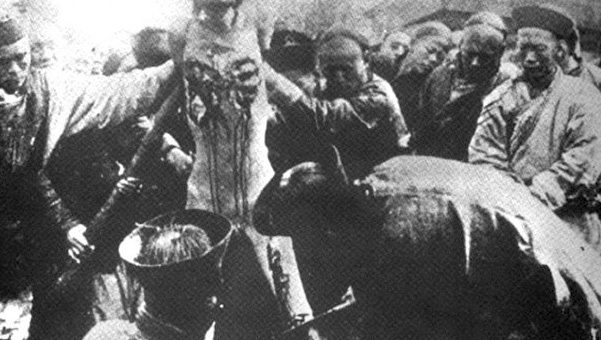
Throughout world history, torture has been used as a method for extracting confessions, acquiring information, to break and dehumanize an individual, and as a form of punishment before a death sentence. There have been tortures so heinous that historians have been loathe to provide the specifics in detail and there have been “light” tortures where the victim’s body shows no sign of maltreatment.
For this article, the focus is on cruel, nearly unbelievable, tortures people have committed on others in the name of the law.
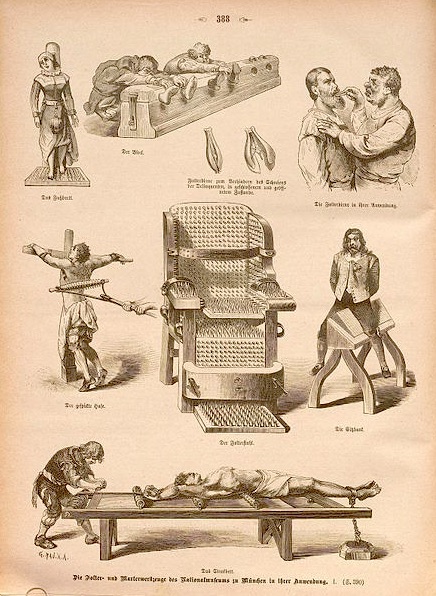
1. Festering Bamboo
Bamboo has a prominent place in the history and culture of China. Bamboo provides people with food and the necessary resources to make everything from baskets and tools to water pipes and sleeping mats. It has been used as an instrument of torture.
One of the most well known forms of torture involving bamboo involved pushing bamboo sticks, or wedges, under the finger and toe nails of a victim. While there is no doubt that this form of torture was extremely painful, there was one other bamboo torture that was particularly gruesome.
Reported in an article from 1900, it was stated that one of the most heinous bamboo tortures involved cutting bamboo wood into tiny, sharp splinters and inserting these splinters into the skin of the victim. These splinters were placed all over the body and were kept in place for days.
The victim would not only suffer through the initial pain of the insertion of the splinters, but the splinters would eventually cause infection and the tiny wounds all over the body would fester, create intense pain, fever, madness, and eventual death. [Sources 1, 2]
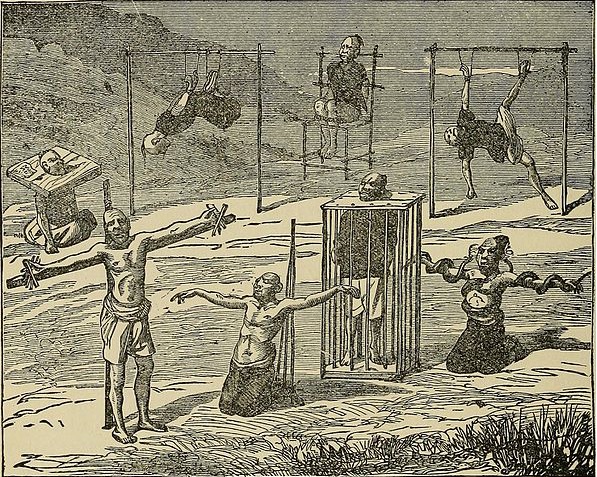
2. Spain’s Helmet Torture
Many tortures come to us from the Spanish Inquisition. In fact, many reports claim that Spain was using barbaric, Inquisition-style forms of torture well into the year 1896, such as the Spanish helmet described below.
“This torture was that of the helmet. The victim was tied in a chair and a long tube was thrust into his mouth and down his throat. This was for the purpose of saving him from death by suffocation. Then the helmet was clapped over his head. By tightening screws, various parts of this steel hood could be forced together, especially at the temples. This was a simply awful form of producing insupportable anguish. Often the squeezing was continued until the temples were crushed in. The lips of the victim were actually torn from the face. The scalp was peeled off by sharp edges of the helmet as it was screwed together. Parts of the skull were depressed till the brain seemed afire. Nose and eyes were practically destroyed, so that nothing was left of them.” [Source 1]

3. Kamaboko-zeme
The baked fish torture was used in Japan when other methods of torture failed to get someone to confess. While it is said that this particular torture was abolished in 1651, the following is an 1879 description of the practice:
“A charcoal fire is made in a hole in the ground and covered with a grating. The accused is then bound, the backs of his legs and thighs are covered with a coating of mud or clay, and he is placed in a sitting posture on the grating. The fire is then stimulated; the clay dries, cracks and is replaced until the continued heat causes it to tear away the inflamed and burnt flesh.”
The process of baking the accused cause the flesh to burst open as the clay dried. If he confessed and survived the torture, it is doubtful that he would have survived the resulting infections and severe tissue loss. [Sources 1, 2]
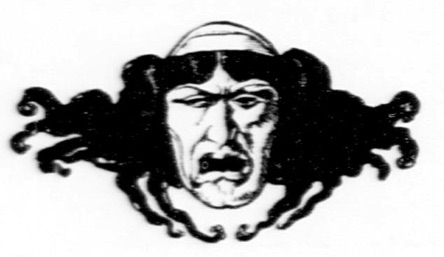
4. Scottish Waking
Many countries across the planet have used sleep deprivation as a way to disorient a person and get that person to talk. In Scotland, the waking, as it was called, was done to the extreme.
“Then there was the Waking, or artificial prevention of sleep, which had use in Scotland. The unhappy victim, prevented from sleeping by bright lights, loud noises and constant stimulation, always ended by going insane.” [Source 1]
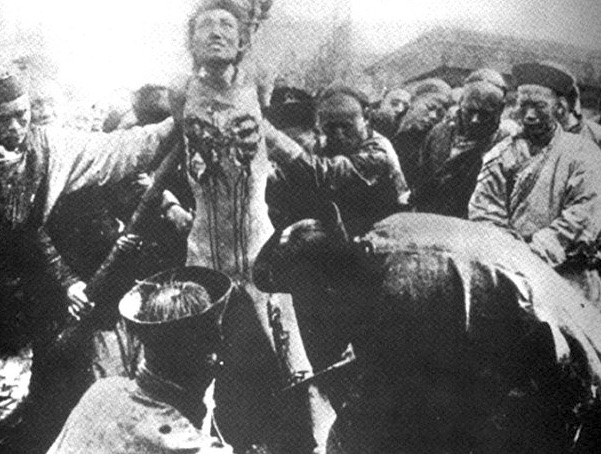
5.Torture of the Hundred Pieces
Of all the tortures people have invented, many would argue that the most terrible one is lingchi, or “torture of the hundred pieces.” This Chinese form of torture and death sentence rolled into one was reserved for murderers, rapists, those who disturbed the dead or attempted to rescue prisoners, and political enemies.
The torture took place in public, usually in the marketplace where it was sure to draw a crowd. The condemned was tied to a post and the executioner would begin slicing him (or her) into pieces.
From a 1900 account:
“The executioner does not shudder. He knows what depends on his delicacy of touch. Swiftly he swings the great weapon around his head till it whistles. Satisfied… he approaches the victim slowly. First he feints at him and withdraws. Then he makes believe again. Suddenly the swords shoots in wickedly, and one of the victim’s eyebrows is sliced off so neatly that it scarcely draws blood… At each stroke some part of the poor bound body will fall to the ground. Now it may be a shoulder, now a piece of the breast, now an arm. Suddenly the last cut is made. It is straight at the heart, and the weapon cuts it out and ends the sufferings of the wretched man. But the spectacle is not over. The executioner now has to dismember the corpse, and this he does with passes of the sword [until] only a pile of terrible fragments lies [on the ground].”
This form of torture before final execution was supposedly ended in 1905, although people say that the practice went underground and still happens today. [Sources 1, 2]
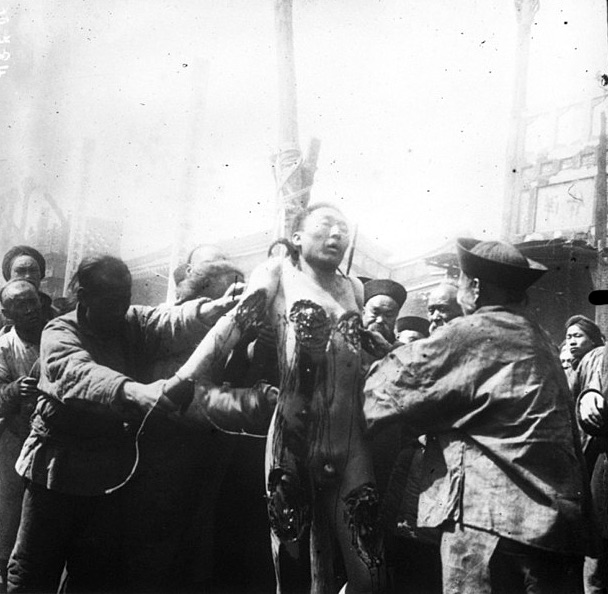
6. Punishment of the Salt
Salt is usually fed to the tortured to cause severe dehydration, however, at one time in Morocco, salt was put under the skin as a form of torture punishment.
The following description was published in 1906:
“This punishment, which has come down from remote antiquity, is so cunningly devised that it causes even the serene fatalists to shudder.
“When the culprit lies bound before him, the royal barber makes with a razor in the palm of each of his hands four incisions reaching down to the bones and corresponding with them in direction. Then, separating as widely as possible the lips of the bleeding wounds he stuffs them full of salt.
“Closing the mutilated hand he places each finger within the corresponding cut. Then over this barbarous arrangement he tightly sews a sort of glove or covering of wet cow skin, which will shrink and harden as it dries. Increasing agony is now the portion of the condemned man – for condemned he is, since death is always the end of the Punishment of the Salt.
“The way to it varies in length in proportion to the strength of the victim. When returned to his dungeon he is supplied with food and water, but he knows that this is an act of malice, given in the hope of prolonging his suffering.
“The lips of the wounds close around the fingers as they stiffen into place. Soon the nails, growing within the hand, cut their way deeper and deeper into the mutilated flesh. But the torment is now soon finished. Either the man dashes his brains out against the wall or tetanus sets in.” [Source 1]

